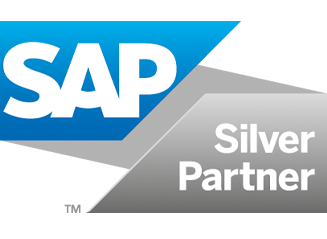There are several e-tax reports necessary before diving into e-invoicing. The French Ministry of Finance introduced a standard audit file, named Fichier d’Ecritures Comptables (FEC), in January 2014. It must be submitted to the tax authority, Direction Générale des Finances Publiques (DGFiP), on request and include information for an accounting year.
In early 2017 the government announced France B2G e-invoicing and all suppliers came under obligation to issue and transmit e-invoices to public entities in 2020.
On 15 September 2021, France passed Ordinance No. 2021-1190, which was published in the French Official Journal. The legislation approves the introduction of mandatory e-invoicing for domestic B2B transactions and e-reporting of transactional data for cross-border B2C transactions. The main goals of introducing France B2B e-invoicing and e-reporting are to improve fraud detection, simplify VAT reporting obligations and doing business, and strengthen the competitiveness of companies.
We have gathered the top-five critical questions from our clients.
1. What is the difference between an e-invoice and an e-report?
E-invoicing is the process of creating, sending, and receiving electronic invoices that follow a mandated format and contain a minimum amount of structured data. French companies will have to issue e-invoices to other French company customers (on a B2B basis).
E-reporting, on the other hand, refers to the submission of specific mandated data regarding transactions that are not covered by the e-invoicing mandate to the French tax authorities. Therefore, the transactional data must be provided to the French tax authorities even though there is no need for French businesses to physically issue e-invoices to private consumers (on a B2C basis).
2. What is the implementation timeline of the e-invoicing and e-reporting systems?
Both the e-invoicing and e-reporting systems have the same deadlines.
July 1, 2024, the obligation to receive invoices in electronic format will become mandatory in these stages;
- From July 1, 2024 for large companies
- From January 1, 2025 for mid-sized establishments
- From January 1, 2026 for small and micro-sized enterprises
Intermediate size companies which do not belong to the SME category, means that they have fewer than 5,000 employees, an annual turnover under 1,500 million Euros, and a total balance sheet that does not exceed 2,000 million Euros.
Small to medium-sized enterprises (SMEs) means that they have fewer than 250 employees, annual turnover no more than 50 million Euros, and a total balance sheet that does not exceed 43 million Euros.
Micro-enterprises have fewer than 10 employees and an annual turnover or total balance sheet less than 2 million Euros.
Size of the large enterprises are not classified in the categories above.
3. What are the submission methods for sending invoices?
There are three types of platforms that obligated taxpayers can use. First, the public invoicing portal (PPF) is the National invoicing portal. In B2G transactions all suppliers have to upload their invoices via Chorus Pro. In B2B transaction taxpayers can issue and transmit invoices through the PPF (Portail public de facturation) to the buyer, any additional platform is not necessary.
Second, a partner dematerialization platforms (PDP) is a trusted service provider that is required to be registered with the French tax administration. Registration needs to be renewed every three years. Partner dematerialization platforms (PDP) roles are as follows:
- Transform, validate, and send invoices to the French Tax Authority.
- Extract data from these invoices to forward them to the tax authorities.
- Act as an intermediary between supplier and customer.
Then, issued invoices transmitted from PDPs to Chorus Pro.
Last is dematerialization operators (Ods). These cannot directly send electronic invoices to their recipients differently from PDP, but they must be connected to the PPF.
4. What is the invoice format?
Invoices must be generated in UBL, CII, or Factur-X (a hybrid structure that allows both XML and PDF submissions). A digital signature is not required.
5. Will there be an archiving period for the invoices?
Yes. Taxpayers should archive their invoices for 10 years.
For more information about the process and our solutions, please contact us at contact@snitechnogy.net.





